From over 200 breeds registered in the AKC database, no dog is quite a match for our uniquely shaped Dachshund. These German breeds, which were bred to hunt small animals, have found popularity in our hearts and apartments in a very short time. Here are a few insights on who should adopt these quirky breeds and what they can expect from these hunters.
Why Dachshunds are the Worst Breed?
Dachshunds, also known as Doxies or Wiener Dogs, have an adorable, unique appearance and lively personality. Their short legs, Sausage-shaped bodies, and almond-shaped eyes can charm literally anyone. However, their quirky traits, like stubbornness, willfulness, and proneness to diseases, can present significant challenges for their owners, potentially being the reason why dachshunds are the worst breed to adopt.
Dachshund’s Health Challenges
Despite their charm, Dachshunds have several major health challenges. These issues can quickly turn severe if not taken care of. Their unique body shapes make them prone to specific problems, requiring careful attention from their owners.
1. Dachshunds Have Back Problems:
As journalist H.L. Mencken famously said, “A standard Dachshund is a half-dog high and a dog and half-long dog.” Due to a genetic mutation, their spine vertebrae are stretched to a breaking point. This mutation causes premature aging of their disc material, making a dachshund highly prone to intervertebral disc disease.
A UK-based study stated that Dachshunds are around 10 times more prone to back problems than any other breeds, with almost one in four dachshunds suffering from intervertebral disc disease. This leads to severe pain, mobility issues, and even permanent paralysis. So be careful when lifting your dachshund, as they might get injured during the act. For safety, You shall always put your hand around its back to support its spine from excess strain.
2. Dachshunds Weight Issues Challenge:
Dachshunds come in two sizes, standard and miniature. Miniature dachshunds typically grow to 5 to 6 inches (13-15 cm) at withers and weigh between 5-6 kg. On the other hand, standard dachshunds grow up to 8 to 9 inches (20-23 cm), weighing anywhere between 7-14 kg.
As a parent for this breed, your role in maintaining their health is crucial. Due to their unique physique, these breeds are prone to gaining weight, which can increase their likelihood of getting spinal problems. Maintaining a balanced diet and ensuring proper daily exercise is crucial in safeguarding their long-term health and mobility.
A dachshund owner must ensure their little companion maintains a healthy weight to support their overall well-being and enhance their quality of life. If this seems too much for you, A dachshund might not be the breed for you.
Dachshund’s Bad Temperament
Dachshunds may have an adorable appearance, but their temperament can be challenging. Known for their stubbornness, excessive barking, and aggressive nature, they require patience and consistent training.
1. Dachshunds are Stubborn Streak:
Dachshunds are the smallest breed of hunters, and these tiny little hunters are wired for stubbornness. They have an instinctual, potent drive to chase prey. This means they were bred to go after what they wanted and only stopped once they had their hands on it. After all, they didn’t become badgers to surrender at the slightest provocation!
It’s essential to consider your lifestyle and patience before bringing a dachshund into your home. Their stubborn nature can make training a challenge, requiring a consistent and patient approach. If you’re not prepared to handle a miniature-sized bull who’ll not even slide his foot without his wish, then a dachshund might not be the best fit for you.
2. Prone to Barking:
A hound is always on duty. Whether it’s the mailman, a masked intruder, or your cousin from out of town, they want to tell you everything happening with their sharp, distinct, continuous bark. Back in the day, they were bred to hunt badgers, and when they found one, they’d bark up a storm to let their owner know where it was. That instinct hasn’t changed a bit.
When they bark a lot, it’s not just about guarding the fort—it could also be because they’ve got a ton of energy to burn. Although small in size, these cuddly hounds do need their dose of daily exercise. If not provided, the pent-up energy may get released through excessive barking. Causing a stir around your neighborhood and a flood of complaints from the neighbors.
3. They Can be Feisty
If you have a dachshund, you might assume these short-legged canines would tire from minimal exercise. However, they have a ton of energy stored. Their energetic nature is evident from their history of chasing badgers and swiftly pursuing rabbits.
Dachshunds are considered courageous to the point of rashness. They have a tendency to forget their small size and challenge even larger-sized dogs. This fearlessness can become tricky in neighborhoods with other dogs or homes with multiple pets. If you find yourself in such a position, Refraining from opting for a dachshund might be your best choice.
Dachshund’s Difficult Lifestyle
With their quirky traits and lively personalities, Dachshunds often present unique challenges in daily life, from stubbornness and high prey drive to intolerance towards kids. Here’s a breakdown:
1. Dachshunds are High Prey Drive:
Ever heard of “tiny fur missiles with a vendetta against squirrels”? That’s your dachshund! These little guys were purposefully bred to chase down every burrowing animal they encountered, so their prey drive was off the charts.
With their supercharged sense of smell and relentless spirit, they’re always on a mission to hunt down the next big thing. So don’t be surprised if your dachshund treats your backyard into a wild jungle full of thrilling, exciting adventures and unexpected discoveries. If you think this might get a little overboard, you can check out the list of some of the low-energy breeds here.
2. Dachshunds Digging Habits:
There’s a saying that goes if you own a dachshund, you own a digger..! Remember, it is the only hound exhibiting the traits of a terrier. With their short yet powerful front legs, strong muscles, and flexible spine, they love to slither and hunt their prey.
They are chondrodystrophic dwarfs that have a lot of power up-front. So, if you have a backyard with soft soil or a newly made flowerbed and want it to stay intact without caves, you might want to keep the dachshund far from it.
3. Dachshunds Don’t Like Kids:
Dachshunds are often portrayed as comic dogs in the movies, working their way around some notorious kids, such as Slink and Buster in Toy Story or Buddy in The Secret Life of Pets.
However, living around children in real life might be challenging for a dachshund. The relationship might get complicated with their stubborn nature, which is quite a match for a toddler. Children’s unfamiliar noises, scents, and sudden movements might startle a dachshund, especially if they have not been adequately introduced to kids. If you have a child or are expecting one, it’s crucial to socialize your doxy to children from his puppy age, ensuring a smooth and harmonious coexistence.
Dachshund’s Tough Care
Caring for a dachshund requires extra effort due to their unique needs and challenges. Here are some additional issues that require your attention if you have a dachshund.
1. Shedding:
If you are planning to parent a dachshund puppy, you must also consider its shedding problem. Despite their size, dachshunds have three coat types: smooth or short-haired, long-haired, and wire-haired.
While dachshunds are moderate shedders, some coating types shed more than others. A Dachshund with longer hair types requires regular brushing. While wire-haired doxies shed the most during seasonal changes. They would undoubtedly ensure regular grooming appointments. Now, if you are allergic to dog hairs, wire-haired dachshunds are the worst breed for you.
2. Strong Will:
We all know dachshunds are as stubborn as they are strong-willed. These notorious diggers make fiercely loyal watchdogs, but good luck getting them to budge if they’re not in the mood!
Training these pint-sized rebels is a challenge, requiring endless patience, consistent effort, and a whole lot of treats. To keep them engaged, find what sparks their interest and sneak the training in around that spark. Basically, you’re not training them—they’re training you to be more creative! If that is something you cannot do, you are not ready for a dachshund in your family.
Some Other Drawbacks to Keep Dachshunds
1. Dachshunds are Attention Seekers
Like any dog, dachshunds are very attached to their humans. Owning one is like having a tiny opera singer with a big personality, short legs, and a constant need for the spotlight. Forget belly rubs; they’ll practically faint unless you praise their tiny legs and long ears.
Moreover, dachshunds are prone to separation anxiety as well. Leave them alone too long, and they’ll either redecorate your furniture with their strong jaws or greet you with their sharp voice, conveying their discomfort. Does it seem too much already? Find some other breed that can fit your needs.
2. Dachshunds Loud Snoring:
Well, we didn’t call Dachshund an opera singer without any reason. Dachshunds are known for their musical snoring, which can rival a symphony of snores from larger breeds. We already know they’re big mouths who love communicating with their owners using a full range of sounds. They also know and can do everything from barking to whining to grunting. Their elongated snouts, designed for tracking scents, contribute to this nocturnal lullaby of gentle snuffles and adorable wheezes.
It’s all part of their charm and a gentle reminder, too. A dachshund might not be the ideal night watchman if you’re looking for peaceful nights. They’ll either snuggle under your blanket and snore like they’ve been plowing fields all day or bark all night, keeping the dragonflies awake.
3. Jumping is Tough for Dachshunds:
Dachshunds’ long bodies and short legs create a disproportionate weight distribution, putting extra strain on their spines. With such a bodily structure, it is difficult for them to jump or climb ladders.
As their hooman, it’s crucial to prevent your dog from engaging in any rigorous activity where his health might be at stake. If your dog is required to climb up the stairs frequently, you should opt to install a ramp. This precaution ensures your little Doxies remain safe and healthy.
Some positive qualities of Dachshunds
Above are some reasons why dachshunds are the worst breed for you. Although some of them are serious to be considered, if you can find a way around these complications, a dachshund can be quite a blessing. Here are some positive features of owning a Dachshund:
1. Long Lifespan of Dachshunds:
A doxie has a long rib cage, ensuring a robust heart and strong lungs, perfect for going underground. These features also offer a long lifespan for your furry friend.
Among the hunters’ breeds, dachshunds are among the longest-living dogs. They can live up to 15-16 years of age, while some may even reach age 20. This remarkable longevity makes them cherished companions for years to come. So, if you want a furry companion who stays by your side for a long time, a dachshund is definitely the one.
2. Variety in Dachshunds:
Dachshunds offer a wide array of choices to suit every preference. Available in miniature (5-6 kg) or standard (7-14 kg) sizes, each serves its historical purpose. Standards were bred for hunting badgers and miniatures for smaller prey like rabbits.
Coat types include the typical short-haired smooth coating, which needs minimal upkeep; long-haired, requiring regular grooming to prevent tangling; and wire-haired, known for its weather resistance and distinctive look, needing periodic stripping for texture upkeep.
With 6 marking patterns and 15 color shades, these charismatic dogs cater perfectly to various lifestyles and aesthetic preferences. Whether for companionship or traditional roles, there’s a dachshund to fit every home.
3. Intelligence of Dachshunds:
Being a loyal hunter, there is no doubt that a dachshund is a very smart, keen, and intelligent learner. Their hunting background contributes to their alertness and problem-solving skills, making them quick learners in tasks like scent work or agility training.
If stubbornness or willfulness are kept aside, dachshunds excel in obedience training and can master a variety of commands and tricks. With consistent, positive reinforcement training methods, dachshunds showcase their intelligence by responding well to challenges and forming strong bonds with their owners.
Interesting Facts About Dachshunds
Curious about dachshunds? These quirky little dogs have a fascinating history, unique traits, and plenty of personality. Here are some interesting facts about dachshunds you might need to learn!
1. Originally Badger Hunters:
Being one of the original six AKC breeds, some say the Dachshund evolved from German Basset Hounds mixed with terriers, while others believe all terriers came from Dandie Dinmonts. This “doxy” is the only AKC hound that hunts like a terrier, making it eligible for AKC’s earth dog trials, unlike any other hound.
Blending the best qualities of hounds and terriers, the Dachshund is a multi-talented dog breed. However, its German name reveals its original prowess: “Dach” means badger, and “hund” means hunter.
2. They Have Popular Throughout History:
Dachshunds were first brought from Germany before the 20th century. However, they faced backlash during WWI, which dwindled their numbers. But they bounced back, transitioning from the working group to the sporting group and finally settling in the hound group. They’re the only breed to win Best in Show in all three groups!
Dachshunds have charmed royalty and artists alike. Celebrities like Elizabeth Taylor, Brigitte Bardot, and Andy Warhol also fell head over heels for these little muses. Even the grand Picasso featured his dachshund named Lump in over 40 of his artworks. David Hockney, another artist with two doxies, Stanley and Boodgie, made his dogs the subject of dozens of his paintings and drawings.
3. Big on Adventure:
Considering their size and shape, you might think dachshunds aren’t ideal for adventure trails. But guess what? These low-riders are all about adventure. Whether hiking up hills, swimming at the beach, or romping in a dog park, doxies love it all.
With their long muzzles, keen sense of smell, and tiny legs, these little adventurers make great hiking companions. Take them out whenever possible, and they will thank you for all the stimulation. And if they get tired, they’re light enough to carry. Perfect adventure buddies!
4. They are Cuddly Companions:
Dachshunds are incredibly affectionate and love snuggling up with their humans. It is widely said that the burrowing instinct of a dachshund often shows indoors when they snuggle up under your bed sheets.
David Hockney introduced his dachshunds in his book ‘Dog Days’, saying, “These dogs are my friends. They are intelligent, smart, comical, and often bored. I notice the warm shapes they make together, their sadnesses and delights, and being Hollywood dogs, they somehow know when a picture is being taken.”
Their big hearts and love for cuddling make them perfect companions. These little dogs are all about warmth, whether curling up on your lap or nestling beside you in bed. Dachshunds are the ultimate snuggle buddies with their charming personalities and cozy nature!
Also read: How Much A Dachshund Puppy Price In India?
Conclusion
Dachshunds, with their unique appearance and lively personalities, offer a mix of difficulties and delights for their owners. Their elongated spines make them particularly prone to back problems, which can be a significant concern. This genetic tendency puts them at risk of intervertebral disc disease, leading to severe pain and mobility issues. Proper care, such as handling and weight management, is crucial to maintaining their health and well-being.
Despite these challenges, dachshunds offer a wealth of loving companionship. Their affection for snuggling and strong bonds with their humans make them ideal for those seeking a caring, loyal pet. The breed’s burrowing instinct often shows in their desire to nestle under blankets, providing warmth and comfort to their owners. Notable artists like David Hockney have highlighted their charm and intelligence, showcasing how these dogs can deeply enrich their owners’ lives.
Lastly, dachshunds are adventurous spirits, always ready for a new experience. Their keen sense of smell and energetic nature make them excellent hiking and exploration companions. Their compact size and lightweight design make them easy to carry when they tire, ensuring that adventures can continue without interruption. These traits make dachshunds adaptable and charming companions, ideal for active owners who want a small dog that can handle outdoor activities while also being comfortable indoors.

 DogExpress
DogExpress


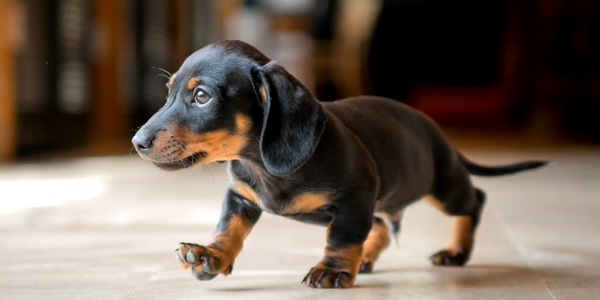


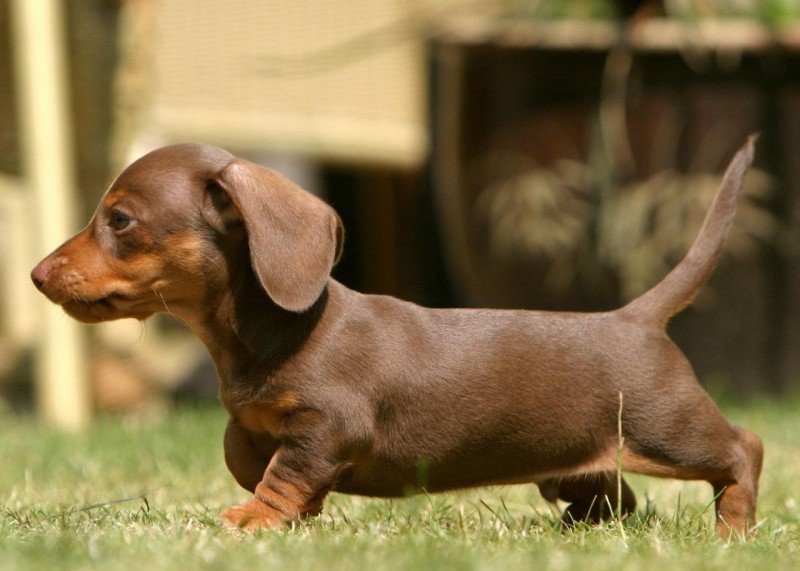
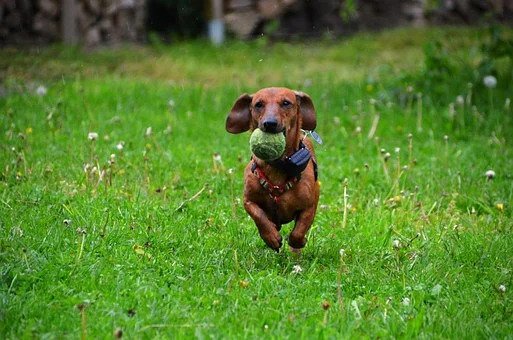



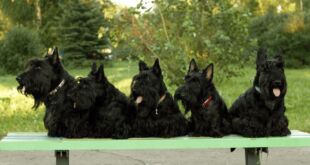
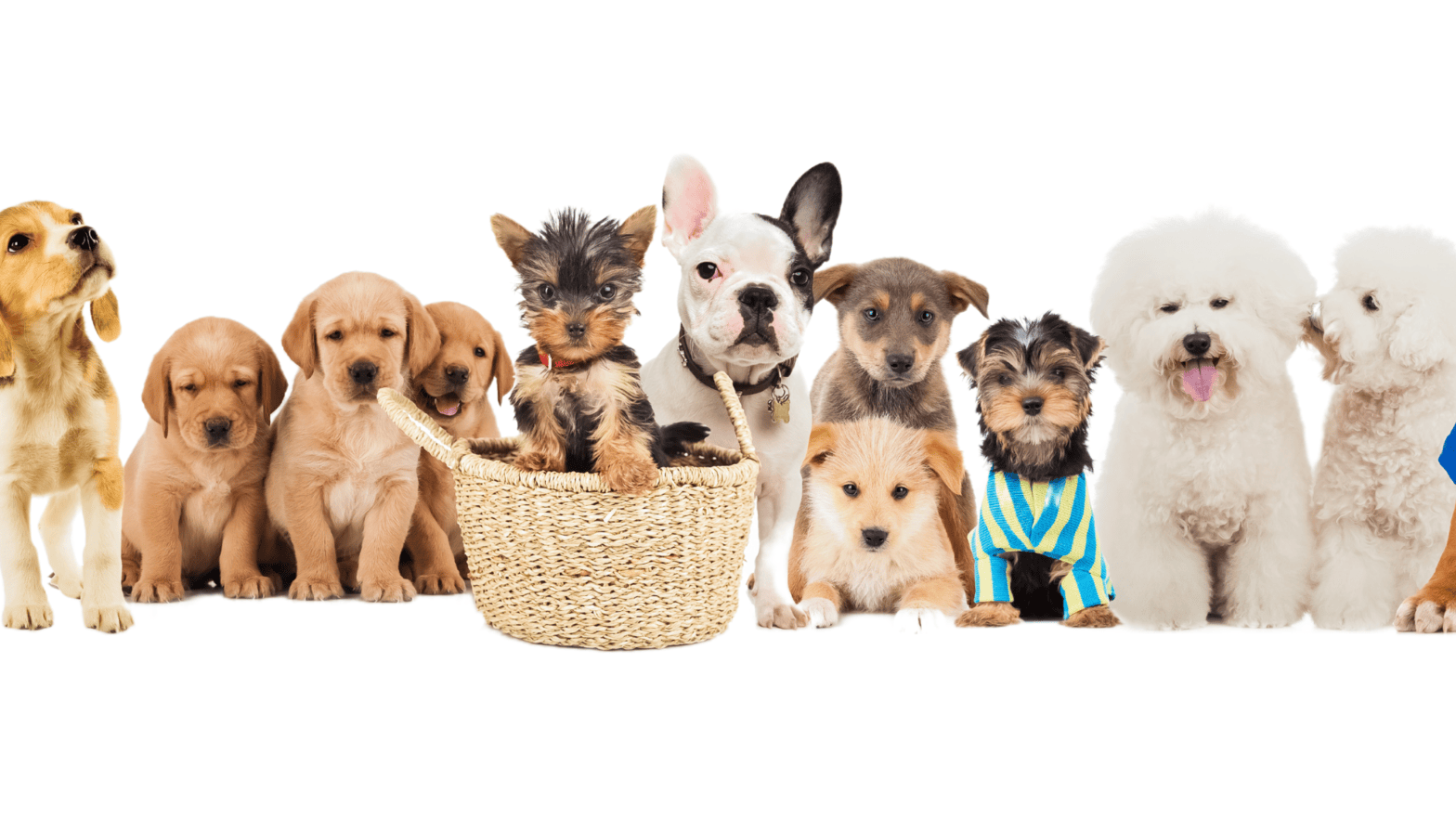

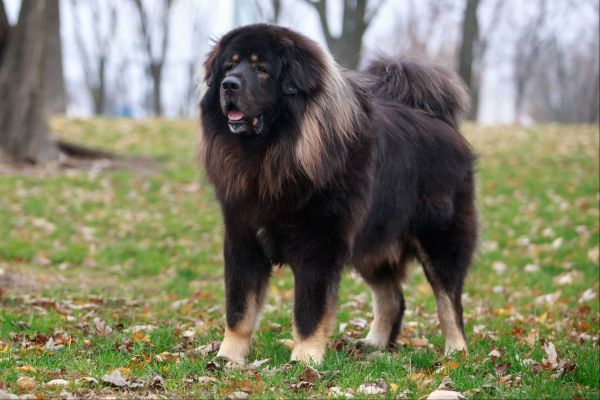












 in Chandigarh, India.
in Chandigarh, India. 
